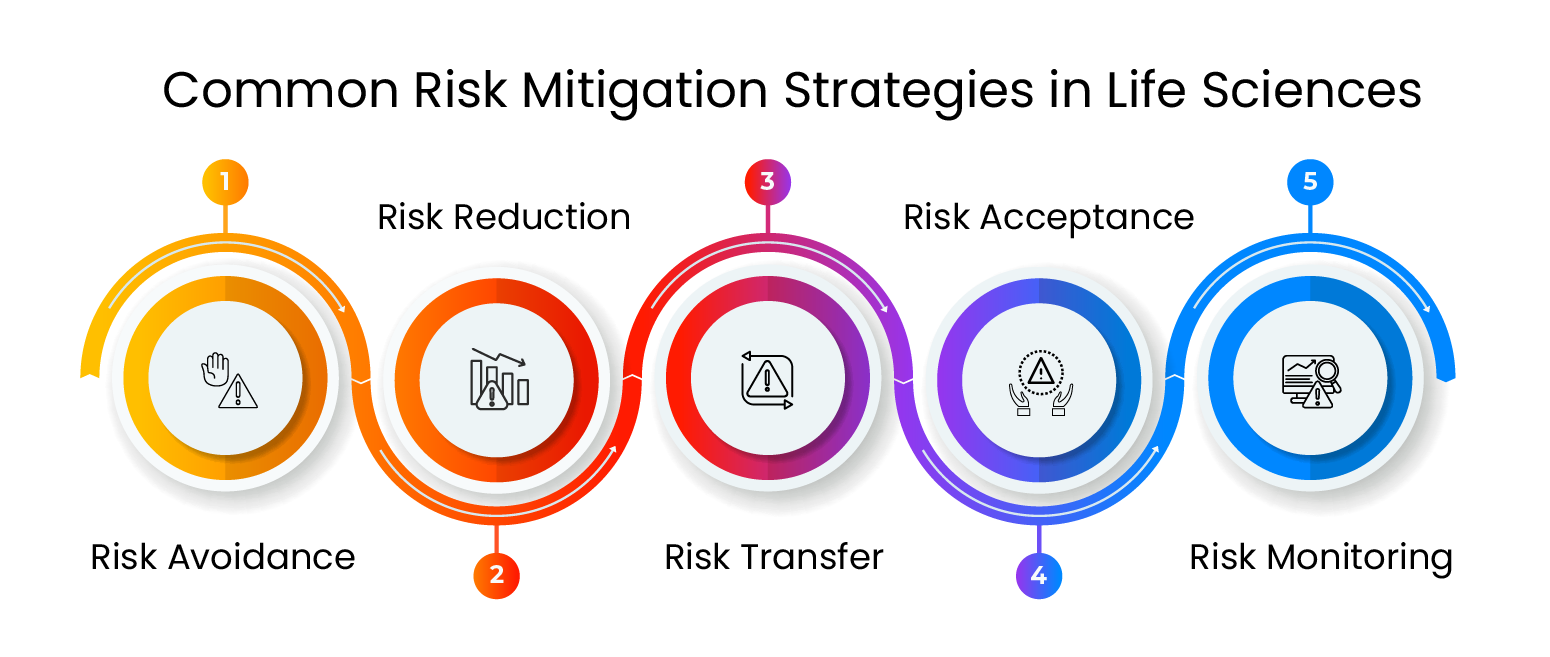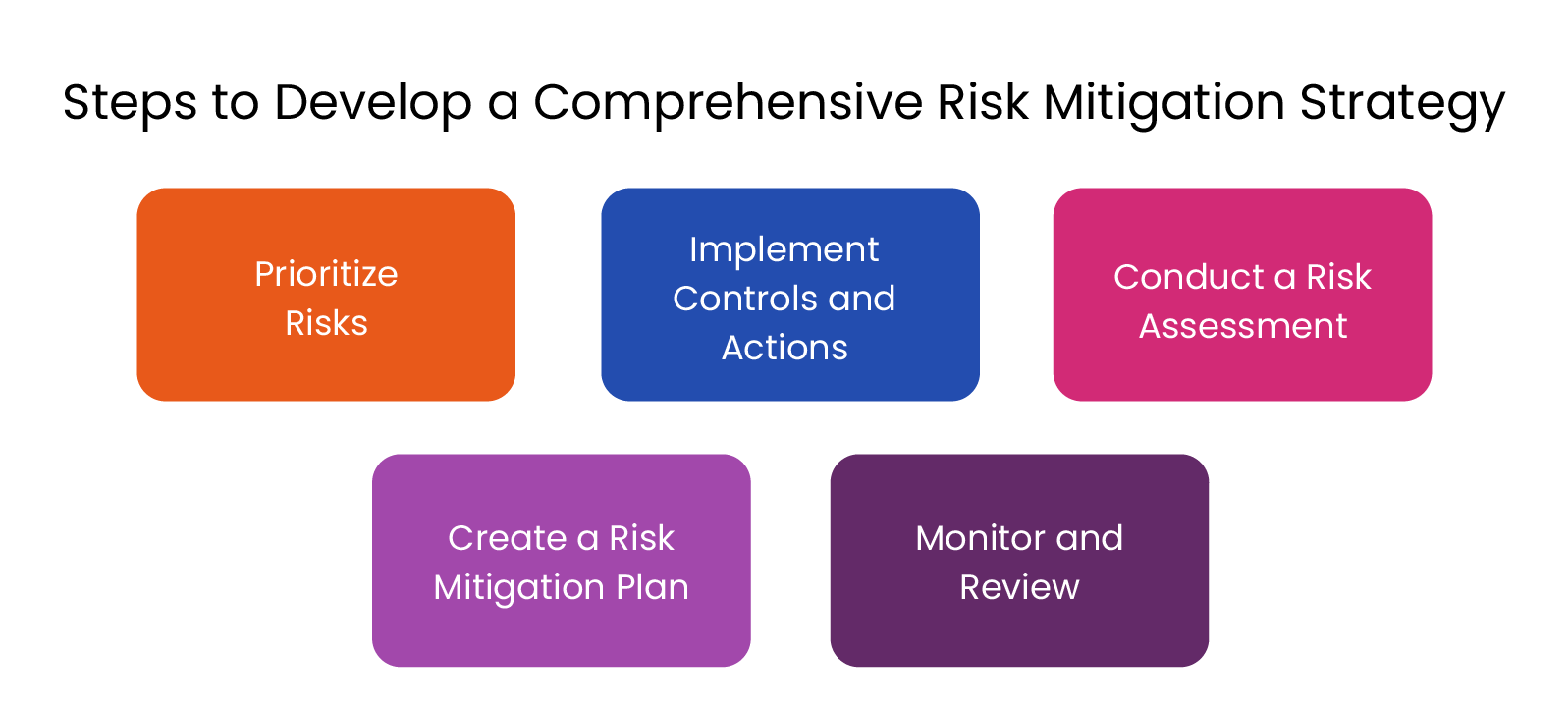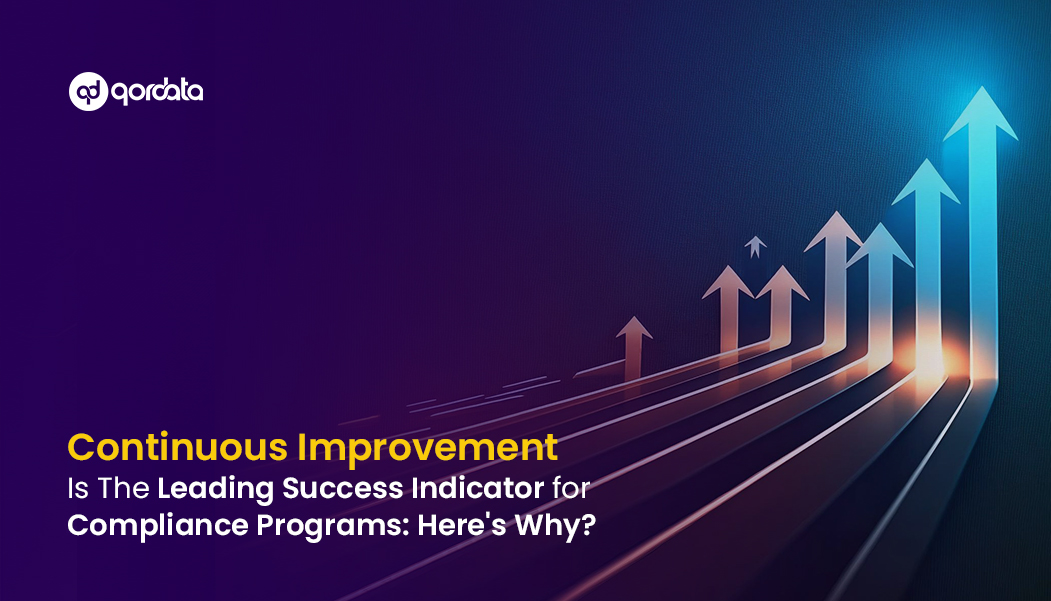Life sciences risk monitoring is a critical component of ensuring compliance and operational integrity in a highly regulated industry. Life sciences companies operate under strict regulations, overseen by bodies such as the U.S. Department of Justice (DOJ) and the Office of Inspector General (OIG).
This intricate regulatory environment requires organizations to adopt robust risk mitigation strategies to prevent potential risks and minimize the impact of compliance and operational issues. The consequences of non-compliance can be severe, ranging from financial penalties to reputational damage and, in extreme cases, the suspension of product approvals. Effective risk mitigation is therefore critical for life sciences companies aiming for sustainable growth and continued public trust.
In this blog, we will explore the essential role of life sciences risk monitoring and mitigation, how compliance professionals can develop a comprehensive risk mitigation strategy, and how data-driven solutions can enhance proactive risk management efforts.
What Is Risk Mitigation?
Risk mitigation involves identifying, assessing, and managing risks that could negatively impact an organization’s operations, reputation, or compliance status. In the life sciences industry, this is especially vital, as the stakes are high—patient safety, product quality, and regulatory compliance are all at risk. The goal of risk mitigation is to minimize the likelihood and impact of potential issues by implementing controls that effectively prevent or manage these risks.
What Is a Risk Mitigation Plan?
A well-developed risk mitigation plan enables organizations to navigate uncertainties, address compliance risks, and ensure patient safety. By leveraging life sciences risk monitoring solutions, such as real-time data analytics and automated compliance tools, companies can enhance the efficiency and accuracy of risk identification and management.
The Importance of Risk Mitigation in Life Sciences
The life sciences industry faces a unique set of challenges that heighten the importance of risk mitigation. Here are the primary areas where compliance professionals must stay vigilant:
-
Adherence to Laws and Guidelines
Strict adherence to laws like the Food, Drug, and Cosmetic Act, Anti-Kickback Statute, and False Claims Act is essential. For instance, non-compliance with FDA guidelines on product testing can result in costly product recalls and delayed approvals. Through proactive life sciences risk monitoring, companies can identify compliance gaps early and take steps to address them, thereby reducing compliance risks.
-
Safeguarding Data Integrity
In the era of digital transformation, data accuracy is paramount. Inaccuracies or incomplete records can compromise decision-making, regulatory submissions, and clinical trial outcomes. Data-driven risk monitoring can help life sciences companies safeguard data integrity through regular audits, automated data validation, and real-time monitoring.
-
Ensuring Product Quality and Safety
Life sciences products, whether pharmaceutical drugs or medical devices, directly impact patient health. Failing to uphold product safety standards can lead to public health crises, reputational damage, or legal action. Implementing robust risk mitigation strategies like stringent quality control and ongoing post-market surveillance helps reduce unexpected risks.
-
Reliance on Suppliers
The reliance on third-party suppliers introduces risks related to quality and compliance. Companies can ensure suppliers meet quality standards and comply with regulatory requirements by using life sciences risk monitoring and performing regular audits, mitigating supply chain risks.
-
Cybersecurity and Data Protection
With the rise in digital threats, data protection is increasingly crucial for life sciences companies. Data breaches can lead to significant financial losses and erode patient trust. A comprehensive cybersecurity approach, including multi-factor authentication, encryption, regular vulnerability assessments, and employee training, is essential to protect sensitive data.
Common Risk Mitigation Strategies in Life Sciences
Risk mitigation in life sciences requires a multifaceted approach, incorporating various strategies that address both anticipated and unexpected risks:
- Risk Avoidance: This involves avoiding activities that introduce unacceptable risks. For example, avoiding certain markets where compliance is challenging can help reduce compliance risks.
- Risk Reduction: Companies take steps to lessen the likelihood or impact of risks, such as enhancing quality control measures or implementing automated monitoring systems to flag regulatory issues in real time.
- Risk Transfer: Shifting certain risks to third parties, like using insurance or outsourcing specific tasks, can help life sciences companies manage risks beyond their capacity.
- Risk Acceptance: Some risks are accepted as part of doing business, especially when the cost of mitigation is higher than the potential impact.
- Risk Monitoring: Ongoing life sciences risk monitoring involves tracking key risk indicators (KRIs) and using data analytics to monitor risks in real time, allowing companies to address emerging risks quickly.
Steps to Develop a Comprehensive Risk Mitigation Strategy
Creating a risk mitigation plan requires structured steps to address potential risks effectively:
- Conduct a Risk Assessment: Begin by identifying risks across all business areas, using data-driven insights to pinpoint potential compliance risks, legal risks, and reputational threats.
- Prioritize Risks: Not all risks have equal impact; therefore, prioritize them based on their likelihood and potential consequences. This helps allocate resources effectively toward high-impact areas, such as product quality and data security.
- Create a Risk Mitigation Plan: Outline specific actions to address each identified risk, including timelines, resources, responsible teams, and measurable outcomes.
- Implement Controls and Actions: Implement the controls and actions necessary to mitigate risks, which may include technology upgrades, process improvements, or revised business practices.
- Monitor and Review: Life sciences risk monitoring is essential for ensuring the ongoing effectiveness of mitigation strategies. Regular reviews and adjustments help keep the risk mitigation plan effective as the business environment evolves.
Benefits of Proactive Risk Management
A proactive approach to risk management goes beyond addressing current risks and prepares the organization to handle unexpected risks. Proactive risk management includes continuously monitoring risk indicators, analyzing trends, and updating risk assessment and mitigation plans. The goal of risk mitigation is not only to comply with regulations but also to protect the company’s reputation, financial stability, and patient trust.
Proactive risk management gives companies a competitive edge, allowing them to adapt quickly in a fast-evolving regulatory landscape. In life sciences, where compliance standards are stringent, proactive risk management can be a crucial differentiator.
The Role of Technology in Risk Mitigation
Modern Life sciences risk monitoring relies heavily on data analytics, artificial intelligence (AI), and automation to streamline compliance. Data-driven platforms like qordata’s compliance monitoring solution support proactive risk management by providing real-time monitoring, automated reporting, and data validation. By integrating advanced technology, companies can efficiently conduct risk assessments, predict emerging risks, and ensure that compliance risks are flagged and addressed swiftly.
Conclusion
In the life sciences industry, where patient safety, regulatory compliance, and reputation are tightly linked, risk mitigation is indispensable. By embracing proactive risk management and leveraging data-driven solutions, companies can not only reduce risks but also foster an environment where innovation can thrive under a robust compliance framework.
Life sciences companies that incorporate risk assessment and compliance into their core practices are better equipped to handle evolving challenges, ensuring they remain competitive and committed to patient well-being. By adopting risk mitigation strategies, prioritizing high-impact risks, and embracing advanced technology, these companies are well-positioned to navigate complex regulatory landscapes and uphold the highest standards of safety and ethics.
Other Relevant Reads:




